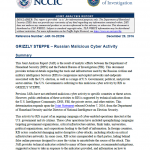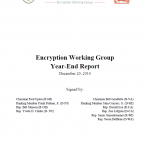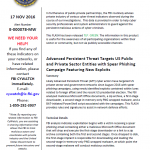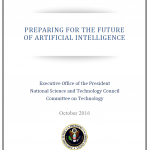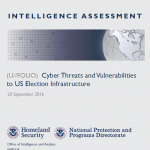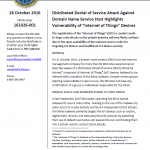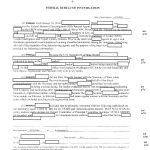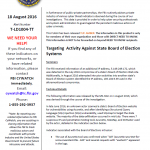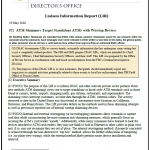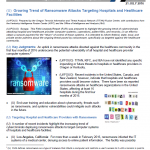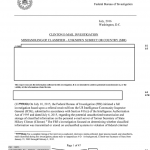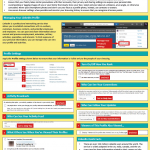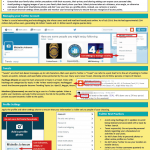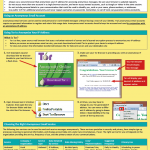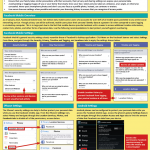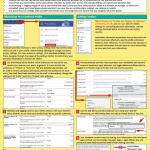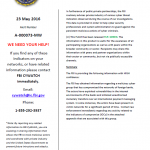
The Joint United States-Canada Electric Grid Security and Resilience Strategy (Strategy) is a collaborative effort between the Federal Governments of the United States and Canada and is intended to strengthen the security and resilience of the U.S. and Canadian electric grid from all adversarial, technological, and natural hazards and threats. The Strategy, released concurrently with this National Electric Grid Security and Resilience Action Plan (Action Plan), details bilateral goals to address the vulnerabilities of the respective and shared electric grid infrastructure of the United States and Canada, not only as an energy security concern, but for reasons of national security. The implementation of the Strategy requires continued action of a nationwide network of governments, departments and agencies (agencies), and private sector partners. This Action Plan details the activities, deliverables, and timelines that will be undertaken primarily by U.S. Federal agencies for the United States to make progress toward the Strategy’s goals.


